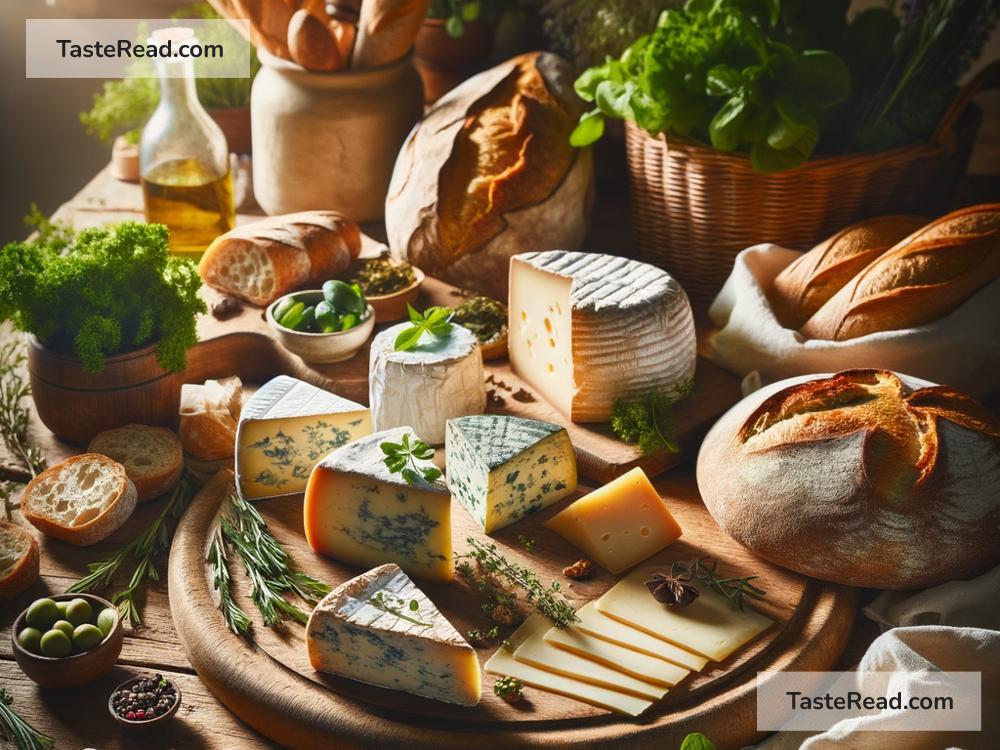Cooking with Local and Ethical Cheese Varieties: A Guide to Tastier, More Sustainable Meals
Cheese is more than just a topping or a side; it’s a passion for many and an essential item in kitchens around the world. However, as we become more aware of our environmental impact and the importance of supporting local communities, the conversation about cheese is shifting. It’s no longer just about flavor but also about where and how our cheese is produced. Cooking with local and ethical cheese varieties is not only a step toward more sustainable eating habits, but it also opens up a world of unique flavors and textures that can elevate your meals from good to unforgettable.
Why Choose Local and Ethical Cheese?
Before diving into the how-tos of cooking with these cheeses, let’s talk about why it matters. Local cheeses are produced by small-scale farmers or cheese makers in your area. Choosing local means you’re supporting the local economy and reducing your carbon footprint since the cheese doesn’t have to travel long distances to reach you. Ethical cheese goes a step further, considering animal welfare and sustainable farming practices. When you choose ethical cheese, you’re supporting producers who prioritize the well-being of their animals and the land.
Discovering Your Local Cheese Varieties
Every region has its specialties. The first step to cooking with local and ethical cheese is to discover what’s available in your area. Farmers’ markets, local dairies, and specialty food shops are great places to start. Don’t be afraid to ask questions about how the cheese is made, the story behind the dairy, and recommendations for pairing and cooking.
A Simple Guide to Cooking with Local and Ethical Cheese
Now, on to the exciting part – cooking! Local and ethical cheeses bring a depth of flavor to dishes that mass-produced cheeses can’t replicate. Here are some tips to make the most out of these delightful ingredients:
-
Let the Cheese Shine: When you’re using high-quality cheese, simple recipes often make the best use of its flavors. Think cheese boards, where the cheese is the star, or simple pasta dishes that allow the cheese’s texture and taste to come through.
-
Pairing Flavors: Local cheeses often have unique flavor profiles that can enhance your cooking. For example, a nutty, aged Gouda can add depth to your mac and cheese, while a soft, tangy goat cheese can brighten up a salad. Experiment with different pairings to see how local cheeses can elevate your favorite dishes.
-
Mindful Melting: Not all cheese melts the same way. Harder cheeses like Parmesan are great for adding a flavor boost when grated on top of dishes, but they may not melt into smooth sauces as well as a younger cheddar or mozzarella would. Pay attention to the texture and melting properties of your cheese when selecting it for cooking.
-
Respect the Cheese: High-quality, ethical cheese is produced with a lot of love and care. Respect this effort by not overpowering the cheese with too many strong flavors. Let it complement your dish rather than compete with it.
Recipes to Get You Started
To help inspire your cooking adventures, here are a couple of simple, adaptable recipes that are perfect for showcasing local and ethical cheese:
Local Cheese and Veggie Frittata:
– Beat together eggs, salt, and pepper.
– Stir in grated or crumbled cheese (a mix of hard and soft cheese works well).
– Add sautéed onions, bell peppers, and any other veggies you have on hand.
– Bake until set, and enjoy the warm, cheesy goodness.
Simple Cheese and Herb Pasta:
– Cook pasta according to package instructions.
– In a separate pan, gently melt a generous amount of your chosen cheese with a splash of pasta water, creating a simple sauce.
– Mix in fresh herbs (basil, thyme, or oregano) and combine with the cooked pasta.
– Top with extra grated cheese for a quick, comforting meal.
Final Thoughts
Choosing local and ethical cheese varieties not only supports sustainable and ethical food production but also enriches your culinary experiences. Each cheese brings its unique story from the farm to your table, adding complex layers of flavor to your meals that you won’t find in mass-produced options. Whether you’re a seasoned chef or a cooking novice, integrating local and ethical cheese into your dishes is a simple yet meaningful way to enhance your cooking while making a positive impact on the world around you. So next time you’re planning a meal, consider reaching for that locally-produced, ethically-sourced cheese – your taste buds (and the planet) will thank you.


